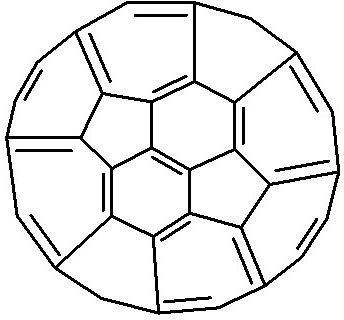How Nanotechnology Helps in Diagnosing Diseases - Imaging and Monitoring
It is just common sense to think that diseases have a better chance to be treated and eliminated from our body if they are detected earlier. Successful treatment of diseases has much to do with how soon we are able to diagnose these diseases. Nanotechnology is helping very much in the area of disease diagnosing, especially in the areas of imaging and monitoring.
Advances in diagnosis and monitoring can have a huge effect on patients healthcare. For one thing, it can speed the recovery time of an affected person. Quality of life of patients can be greatly improved if proper and fast diagnosis and monitoring is achieved. In addition, better diagnosis tools and monitoring devices have a define positive effect in the cost of healthcare.
Imaging

Advances in imaging technology, specially those using, nanotechnology, are allowing medical professional and practitioners to better “see” our body’s inside to have a better diagnosing judgment. In the past, imaging was only possible to certain tissues such as bones. Soft tissues, (heart, kidneys, liver, etc) were always very difficult to be imaged.
New developments in nanotechnology are allowing to effectively and successfully being able to inspect and image soft tissues. Special agents can be designed, using nanotechnology, to target a specific molecule that is inside a specific organ. If these molecules are couple with and imaging agent, then using ultrasound, magnetic resonance or even traditional X-ray, it is possible to “see” the inside of the targeted organ. An example of these molecules are fullerenes, also called buckyballs. Buckyballs are like specially designed traps that can engulf imaging molecules and be targeted to specific organs.
Monitoring
Nanotechnogy applications on monitoring a person’s health are on the rise. We are seeing more and more applications in this area of healthcare. Specially designed “Lab-On-A-Chip” devices allow doctors to monitor constantly and on a “real-time” basis hundreds of different health parameters. Imagine how this work. Doctors can get a immediate assessment of blood lipids, cholesterol, triglycerides, blood pressure, blood oxygen, etc by jus reading the signals from a chip that a patient is wearing. There is no wait for results coming from the lab, no possible mistakes in handling those results, no misdiagnosing, etc. These monitoring devices are giving really a great degree of flexibility in monitoring applications.
As nanotechnology develop and we know more about we are going to see more applications for healthcare, especially in the area of monitoring a patient’s health and diagnosing diseases. These advances will have a definite effect of the level of healthcare we will get in the near future.